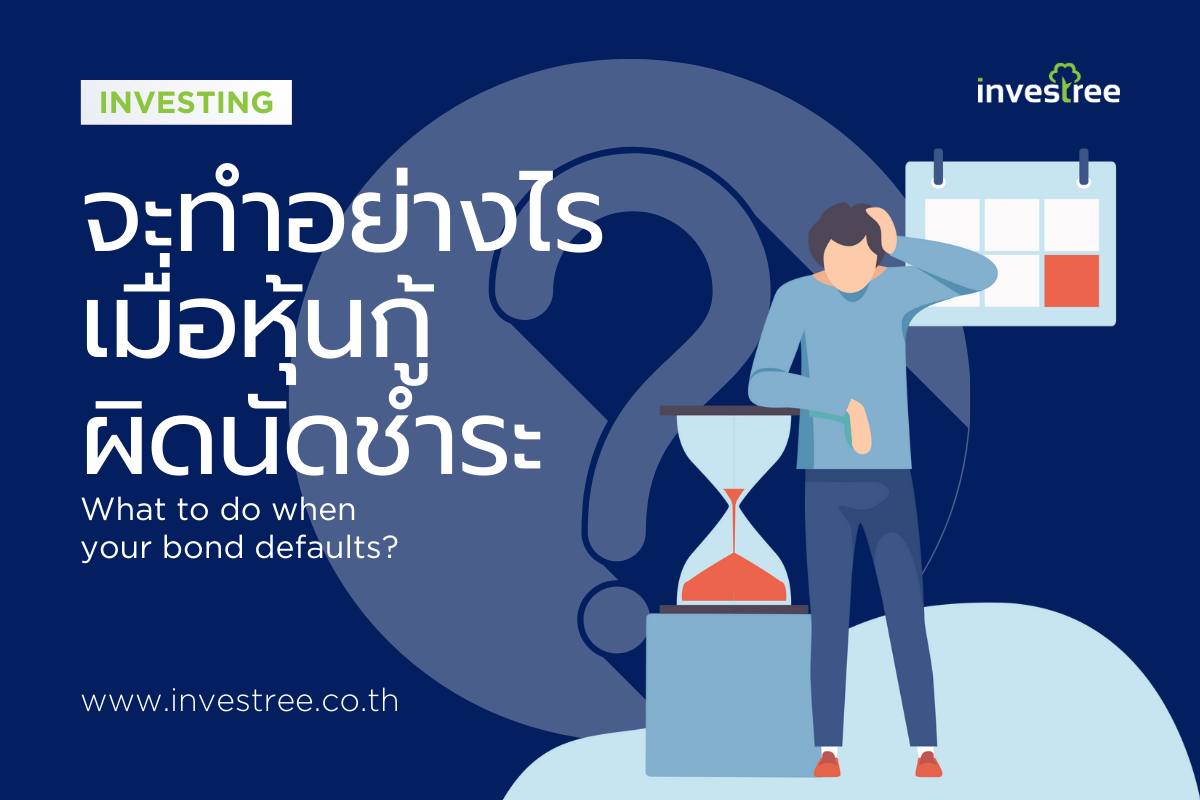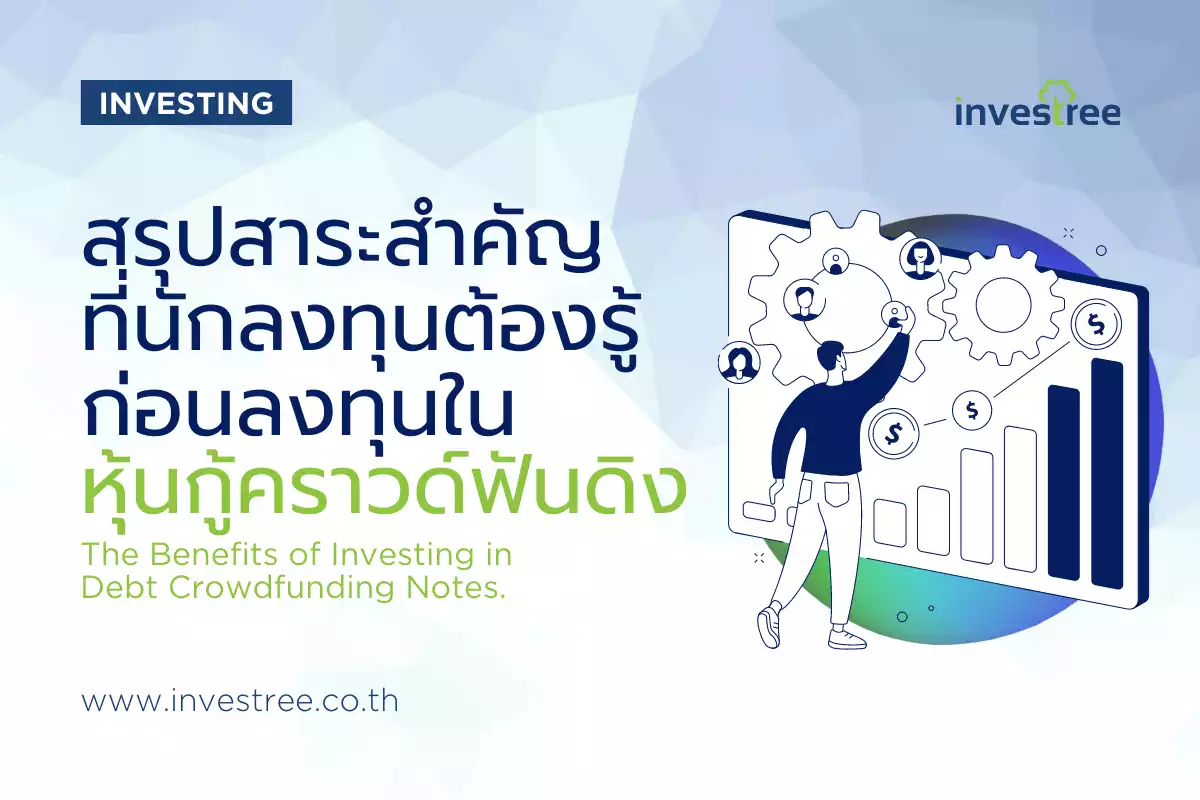Navigating the Risk vs. Reward Tradeoff: A Guide to Risk Management
The risk-reward concept is a principle that states that the potential return on an investment is proportional to the amount of risk taken. In other words, the higher the risk, the higher the potential reward and vice versa. This concept is often used in finance and investing to help investors make decisions about where to put their money.
For example, if an investor is considering two different investment options, one with a higher risk and a potentially higher return, and another with a lower risk and a lower potential return, they would need to weigh the risks and rewards of each option. The higher-risk investment might have the potential for greater returns, but it also has a higher risk of losing money, while the lower-risk investment might offer more stability and security, but at the cost of a lower potential return.
The balance between risk and reward should align with investment goals and risk tolerance or risk appetite. A more risk-averse investor might prefer investments with lower potential returns but more stability, while a more risk-tolerant investor might be willing to take on greater risk for the potential of higher returns.
In the context of investment such as bonds, the risk-reward concept refers to the relationship between the credit rating and potential return.
Bonds are debt securities that are issued by companies, governments, and other entities to raise money. When an investor buys a bond, they are essentially loaning money to the issuer in exchange for interest payments and the return of their principal investment at the bond's maturity.
Credit rating is the process of evaluating the creditworthiness or credit risk of an issuer based on
-
financial data such as earnings, revenue growth, and cash flow;
-
non-financial factors that can affect creditworthiness, such as changes in market conditions or shifts in industry dynamics;
-
alternative data sources such as social media activity, online reviews, or satellite imagery, to supplement traditional financial data and
-
machine learning algorithms that can analyze large amounts of data and identify patterns that may not be apparent using traditional methods.
Investors can use credit ratings to evaluate debt securities and make informed investment decisions. An investor who is risk-averse may prefer to invest in securities with higher credit ratings, as these are generally considered to be less risky. In the same manner, credit ratings impact the cost of borrowing for a borrower or issuer; a higher credit rating can lead to lower borrowing costs, as investors are willing to lend money at a lower interest rate to a borrower or issuer with a lower risk of default and vice versa.
For example, a U.S government bond is considered to be a low risk investment and will have a high credit rating because it is issued by the U.S Government and the likelihood of the government defaulting on its debt is relatively low. As a result, these bonds typically offer lower interest rates and lower potential returns.
On the other hand, a bond issued by a company with a lower credit rating is generally considered to be riskier, as there is a higher likelihood that the company could default on its debt. However, these bonds typically offer higher interest rates and higher potential returns to compensate investors for the additional risk.
Overall, understanding credit rating, risk, and reward is crucial for making informed investment decisions. By evaluating the creditworthiness of issuers, balancing risk and reward, and making informed investment decisions, investors can manage their portfolio risk and achieve their investment goals.






